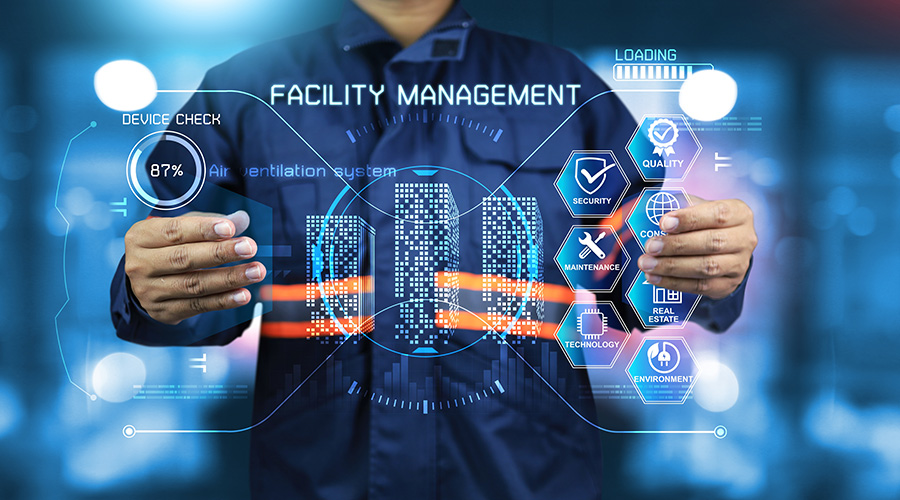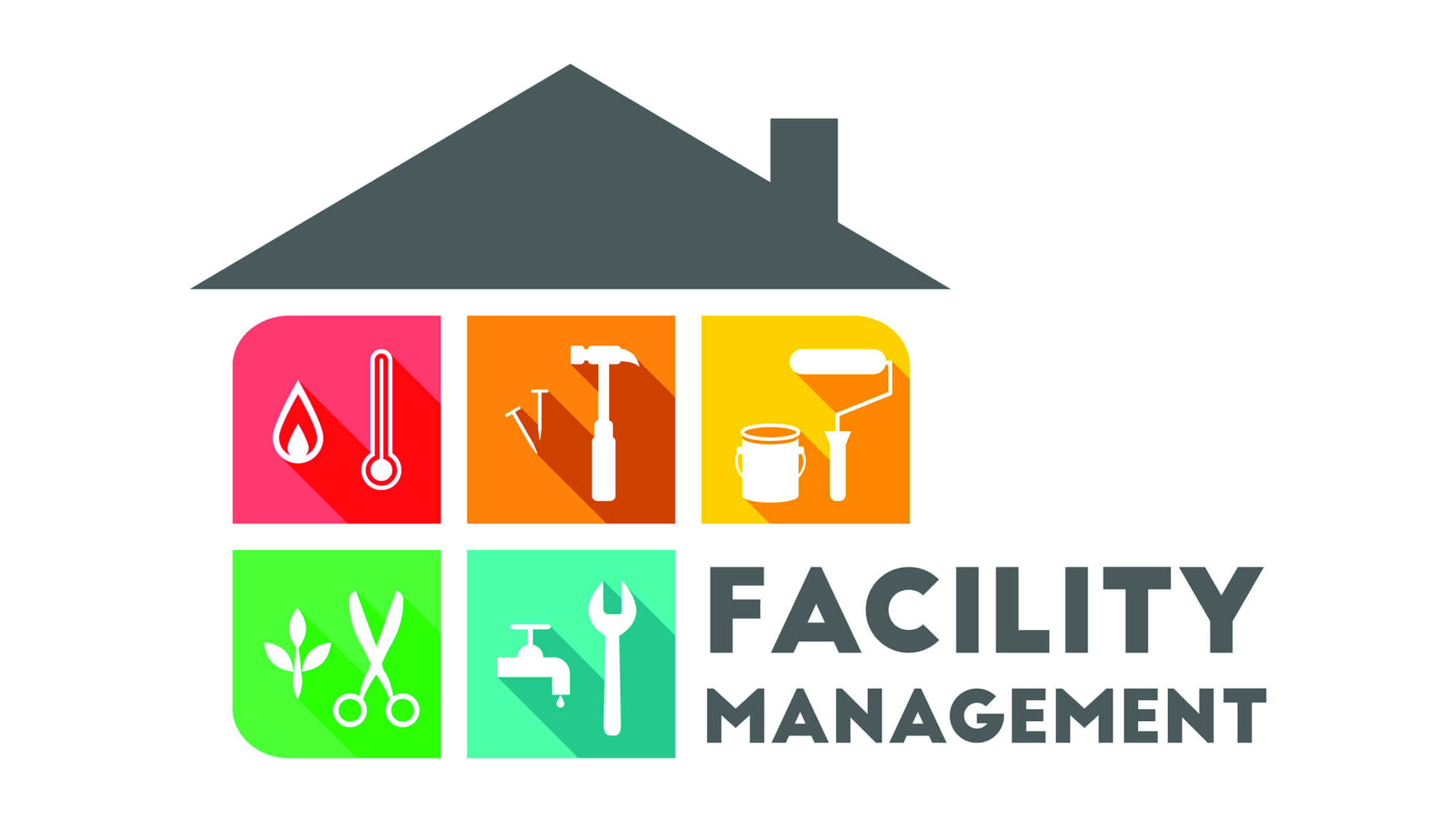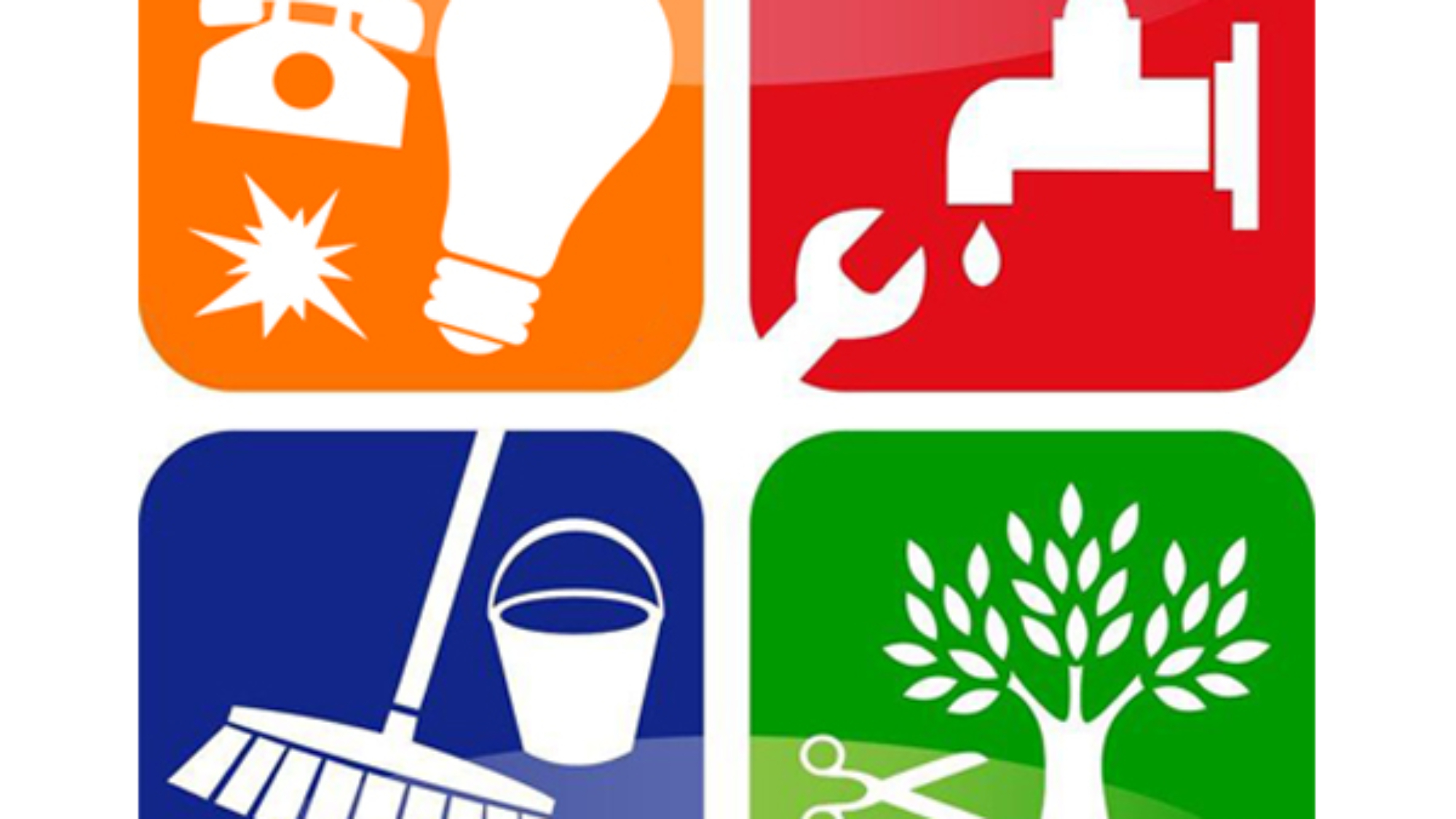Ideal Practices in Facility Management for Modern Organizations
Ideal Practices in Facility Management for Modern Organizations
Blog Article
Make The Most Of Performance and Security: Ideal Practices in Facility Monitoring
In today's quickly advancing landscape, taking full advantage of effectiveness and safety and security in facility monitoring has ended up being a crucial emphasis for companies striving to improve operational efficiency. By incorporating smart innovation, focusing on maintenance procedures, and cultivating a society of safety, center managers can substantially boost both productivity and compliance. The challenge lies in successfully applying these techniques while navigating the intricacies of modern workplaces. What particular methods can be used to make certain that these campaigns not just exist together but also reinforce each other in a sustainable way?
Embrace Smart Innovation
In today's quickly developing landscape of facility management, the integration of clever innovation has become a pivotal facet of functional efficiency and sustainability. Adopting innovative technologies such as the Net of Things (IoT), synthetic intelligence (AI), and information analytics can substantially enhance center administration practices. These modern technologies assist in real-time surveillance and control of building systems, making it possible for managers to optimize power usage, lower functional expenses, and improve general safety.
Applying wise sensing units and automation systems enables accurate monitoring of environmental problems, occupancy degrees, and equipment efficiency. This data-driven technique not only informs decision-making yet additionally sustains anticipating upkeep, decreasing downtime and prolonging property life. Moreover, clever modern technology enhances user experience by producing adaptive settings that react to the requirements of occupants.
Incorporating clever platforms likewise advertises sustainability initiatives, such as energy-efficient lights and a/c systems, adding to minimized carbon impacts. By welcoming these developments, center managers can make certain that their procedures remain affordable, resilient, and lined up with modern sustainability goals. Eventually, the change in the direction of smart modern technology stands for a transformative step in redefining facility administration for an extra sustainable and effective future.
Prioritize Normal Upkeep

Establishing a routine upkeep schedule is crucial. This should consist of routine inspections, maintenance, and needed fixings for all devices, heating and cooling systems, plumbing, and electrical systems. Making use of a digital maintenance management system (CMMS) can enhance this procedure, offering monitoring and alerts for upcoming upkeep jobs.
Furthermore, cultivating a culture of responsibility amongst team enhances the efficiency of upkeep efforts. Training workers to report and recognize maintenance problems can bring about aggressive management as opposed to reactive actions. In addition, documenting maintenance activities makes sure conformity with safety policies and supplies useful understandings for future planning.
Implement Safety Training Programs
A comprehensive security training program is necessary for fostering a safe and secure functioning Home Page environment in any facility - Facility Management. Such programs equip workers with the understanding and abilities needed to recognize threats, apply safety and security methods, and react properly in emergency situations. By focusing on security training, organizations can substantially minimize the danger of mishaps and injuries, thereby boosting general efficiency
To carry out an efficient safety and security training program, it is critical to customize the web content to the specific demands of the center and its procedures. This includes conducting an extensive risk assessment to recognize prospective risks unique to the work environment. Training must encompass a selection of subjects such as proper tools use, emergency evacuation treatments, and emergency treatment strategies.
Additionally, it is important to engage workers actively throughout training sessions. Making use of hands-on demonstrations and real-life situations can improve understanding and retention of safety practices. Normal correspondence course need to also be set up to keep safety awareness at the center.
Optimize Area Application
Efficient room use is an important component of facility administration that straight affects operational performance and cost-effectiveness. Organizations typically fight with underutilized or chock-full rooms, causing ineffectiveness and raised expenses. To enhance room utilization, facility supervisors need to carry out regular analyses to recognize exactly how areas are presently being used and where improvements can be made.
Implementing adaptable workspace designs, such as open workplace formats or modular furnishings, can considerably enhance flexibility to transforming needs. Additionally, leveraging innovation, such as room monitoring software, can offer valuable insights into occupancy patterns and assist determine underused locations.
Another ideal practice is to develop clear zoning within the facility, making sure that different features are logically prepared to decrease disturbance and take full advantage of performance. Motivating a society of partnership can lead to much better space-sharing techniques among teams, therefore enhancing general effectiveness.
Establish Clear Communication Channels
Enhancing room utilization commonly discloses the need for robust interaction techniques within a center. Clear interaction networks are crucial for assisting in reliable cooperation among personnel, upkeep groups, and management. By establishing these channels, facility managers can make sure that information streams flawlessly regarding space usage, operational changes, and security procedures.
Carrying out a multi-faceted interaction approach-- combining digital platforms, such as emails and group cooperation devices, with face-to-face interactions-- can substantially boost interaction and info dissemination. Routine meetings should be set up to discuss ongoing tasks, address problems, and share updates. In addition, producing a centralized information hub, such as go an intranet, enables staff members to accessibility crucial files and announcements easily.
Moreover, responses systems are necessary to gauge the performance of interaction techniques. Encouraging staff to share their understandings can bring about enhancements and cultivate a society of openness. Training programs concentrated on interaction skills can further encourage staff members to share info plainly and successfully.
Eventually, establishing clear interaction channels not just maximizes effectiveness yet additionally boosts security by making certain that everybody is informed and straightened with the facility's functional goals. (Facility Management)

Conclusion
In conclusion, the integration of clever modern technology, normal maintenance, comprehensive safety training, enhanced have a peek at this site area usage, and effective interaction networks collectively enhances effectiveness and security in facility monitoring. These finest practices offer as necessary elements for effective center monitoring.
In today's swiftly progressing landscape, maximizing performance and security in center administration has come to be an important emphasis for organizations making every effort to improve functional performance. By incorporating wise technology, focusing on maintenance methods, and cultivating a society of safety, center managers can dramatically enhance both performance and compliance.To implement an efficient safety and security training program, it is vital to customize the content to the certain demands of the facility and its procedures. By establishing these networks, center supervisors can make sure that info moves seamlessly pertaining to room usage, functional changes, and safety and security protocols.

Report this page